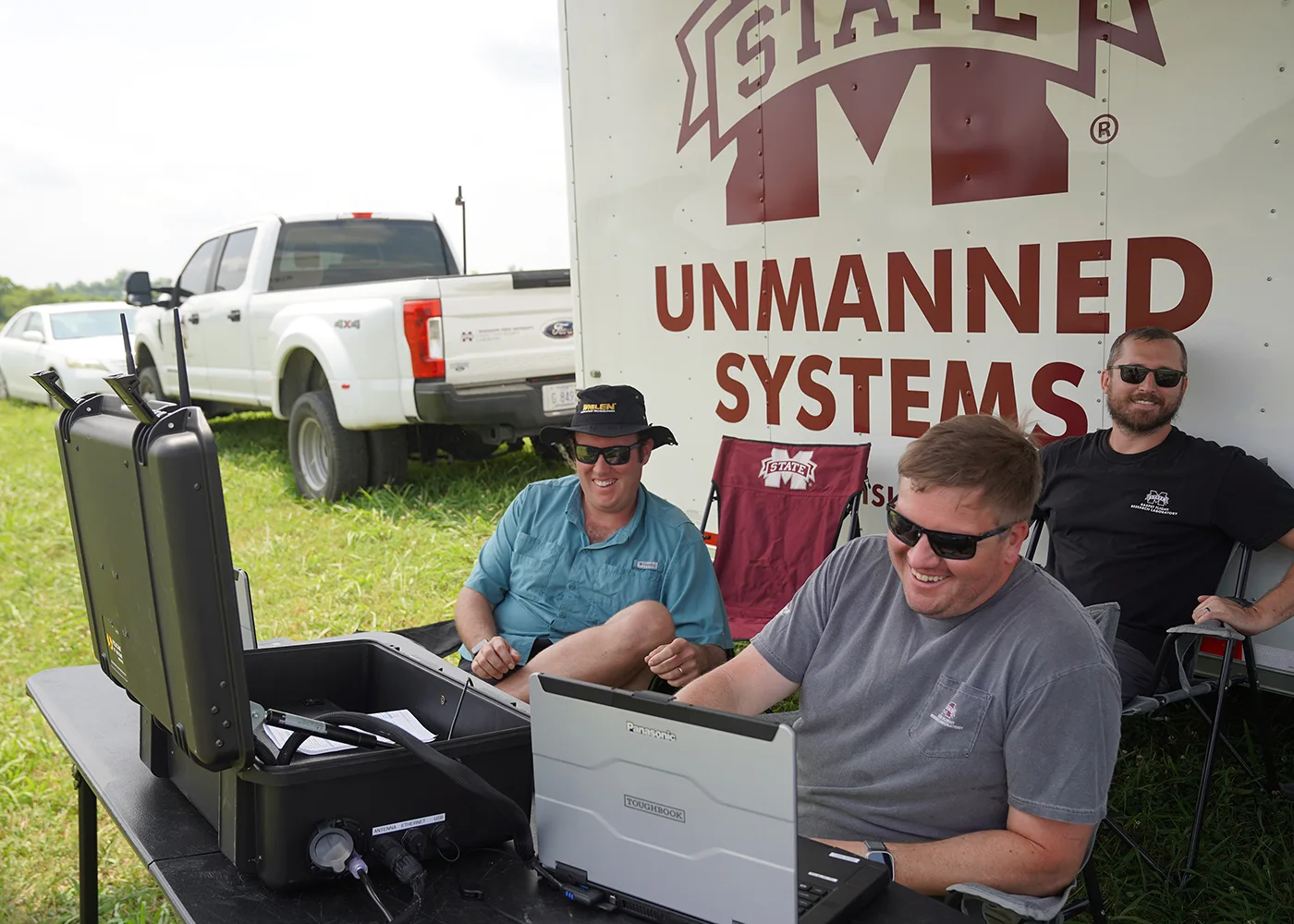Researchers from the MSU Raspet Flight Research Laboratory are flying Aurora’s SKIRON-X drone as part of a project to help first responders.
Mississippi State University’s Raspet Flight Research Laboratory is working on a groundbreaking project aimed at advancing unmanned aircraft systems (UAS) for emergency response operations beyond the visual line of sight (BVLOS). Aurora Flight Sciences, a Boeing company, provided their Group 2 UAS, SKIRON-X, to serve as a test platform throughout the project.
SKIRON-X combines the convenience of vertical take-off and landing with the longer endurance of fixed-wing flight. In its standard battery-powered configuration, it has a flight time of up to 3.5 hours. Over the past few months, Raspet researchers have flown SKIRON-X for more than 30 flight hours, providing extensive flight logs and pilot feedback to help refine the platform for first responders and BVLOS operations.
“Working with MSU’s Raspet Flight Research Laboratory has been invaluable,” said Jason Grzywna, senior director of products at Aurora. “Training the team to operate SKIRON-X was easy and they quickly became expert users. Their work toward BVLOS operations with SKIRON-X will optimize the user experience for future customers.”

The goal of the MSU project is to support first responders by developing a process manual to help them navigate the Federal Aviation Administration’s (FAA) BVLOS waiver process. Extending UAS operations beyond the visual line of sight of the flight crew can significantly increase the effectiveness of drones during time-critical missions such as search and rescue. Raspet is demonstrating how UAS like SKIRON-X can safely and efficiently conduct BVLOS operations.
“This collaboration with Aurora has provided Raspet with the opportunity to test a cutting-edge UAS platform while working toward a solution that could make a real difference for first responders,” added Raspet Director Bryan Farrell. “Developing the safety case for BVLOS operations is a critical step in unlocking the full potential of UAS for public safety. As a FAA Part 107 compliant, long-endurance VTOL aircraft, the SKIRON-X, coupled with strategic and technical means of airspace deconfliction, greatly enable first responders to leverage the technology to achieve their mission.”
Raspet will continue flying SKIRON-X through the end of October. The team will wrap up testing for its current project, submit its BVLOS waiver application, and conduct multiple SKIRON-X flights for events related to FAA ASSURE, where MSU is recognized as the leading university.
About Aurora Flight Sciences
Aurora Flight Sciences, a Boeing company, is a leader in the design and manufacturing of advanced unmanned systems and aerospace vehicles. Aurora’s innovations continue to shape the future of flight by creating technology solutions that expand the capabilities of aircraft across defense, commercial, and public safety applications.
About Raspet Flight Research Laboratory
Mississippi State University’s Raspet Flight Research Laboratory is the nation’s leading academic research center dedicated to the advancement of unmanned aircraft systems. As part of MSU’s longstanding tradition of aerospace innovation, Raspet conducts applied research to support government, industry, and academic partners in advancing the safe integration of UAS into the national airspace.


